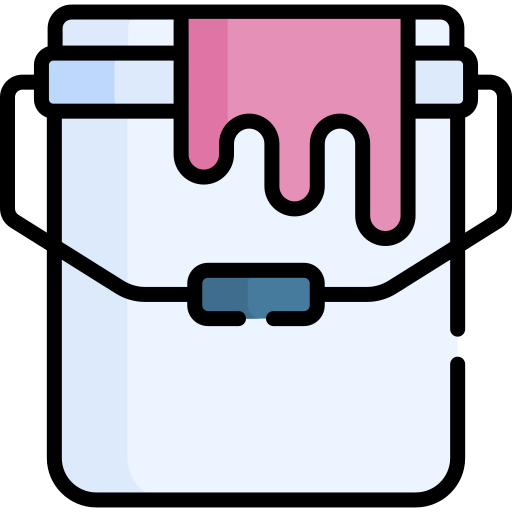Decoupage is a wonderfully creative and accessible craft that allows you to transform ordinary objects into beautiful, personalized pieces of art. If you are new to decoupage, this guide will walk you through the fundamental techniques you need to get started and create stunning projects with confidence. From selecting materials to mastering layering and sealing, each step is essential to achieve professional-looking results.
Understanding the Basics of Decoupage
At its core, decoupage involves decorating surfaces by gluing paper cutouts onto them and then sealing with varnish or lacquer to create a smooth, durable finish. The beauty of decoupage lies in its simplicity and versatility — you can work on wood, glass, metal, ceramic, and even fabric. Commonly used materials include decorative napkins, printed images, scrapbook paper, or tissue paper.
Choosing the Right Materials
Before beginning any project, gathering the right materials is important. Beginners should focus on these basics:
- Surface: Wood boxes, trays, furniture, or glass jars are ideal for practice.
- Paper: Lightweight decorative paper, napkins, or magazine cutouts work well.
- Adhesive: Decoupage glue or Mod Podge is preferred, as it acts as both glue and sealant.
- Brushes: Use soft, flat brushes for smooth application without brush marks.
- Sealants: Clear acrylic varnish or additional coats of Mod Podge help protect your design.
Selecting good-quality materials makes a big difference in the ease of application and the durability of your finished project.
Preparing the Surface
Proper surface preparation is the first critical step. A clean, smooth surface allows the paper to adhere well and prevents bubbles or peeling later.
- Clean your surface thoroughly to remove dust, grease, or any residues.
- Lightly sand rough surfaces to create an even base.
- If your surface is very porous or dark, consider applying a base coat of white or neutral acrylic paint to help the paper colors pop.
Taking time on this step sets the stage for flawless results.
Cutting and Arranging Your Paper
Choosing and cutting your paper elements is where your creativity begins to shine. Beginners often find success by selecting images or patterns that are already the right size or layering smaller pieces for interest.
- Use sharp scissors or a craft knife for precise edges.
- Arrange your pieces on the surface without glue first to plan your design.
- Overlapping edges slightly or varying sizes can add depth and texture.
Patience and a good eye for composition go a long way here.
Gluing and Layering Techniques
Applying glue properly is key to avoiding wrinkles or bubbles in the paper. Here’s a simple method to get you started:
- Apply a thin, even layer of decoupage glue to the surface using your brush.
- Carefully place the paper piece onto the glued area.
- Gently smooth out air bubbles and wrinkles using your fingers or a soft cloth, starting from the center outward.
- Once the first layer is dry, apply another thin coat of glue over the paper to seal it.
- For layered designs, repeat the gluing and smoothing steps with subsequent pieces.
Avoid using too much glue as it can saturate the paper and cause tearing.
Creating Special Effects
Once you’ve mastered basic layering, you can experiment with techniques to give your work a unique character:
- Aging: Use crackle medium or distress ink around edges for a vintage look.
- Blending: Blend paint around the paper edges to integrate the design with the surface.
- Texture: Add dimensional effects with embossing paste or raised varnish.
- Color washes: Use diluted acrylic paint to add soft color overlays.
These effects enhance your projects and allow your personal style to emerge.
Sealing and Finishing Your Project
Proper sealing protects your work from wear and moisture while giving it a polished finish.
- Allow your glued paper to dry fully before sealing.
- Apply 2 to 3 thin coats of acrylic varnish or decoupage medium, allowing each coat to dry between applications.
- Choose matte, satin, or glossy finishes depending on your aesthetic preference.
- If working on functional items like trays or coasters, consider a waterproof sealer for durability.
Good sealing preserves your hard work and ensures your creations last for years.
Troubleshooting Common Issues
Even beginners encounter challenges, but most problems are fixable:
- Bubbles or wrinkles: Gently lift the paper and reapply glue; smooth with a brayer or cloth.
- Tearing: Use thin, soft paper and handle carefully; avoid over-saturating with glue.
- Peeling edges: Seal edges well with glue and varnish; consider adding a thin layer of glue underneath.
With practice, these become less common, and your confidence will grow.
